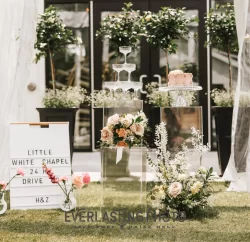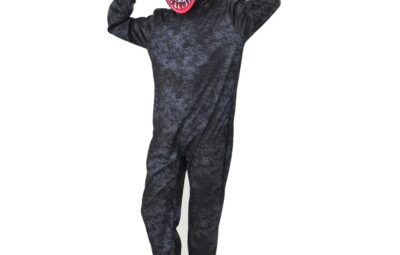
Like any other printing approach, the very first thing that has to be done is to create the artwork. Because display printing is a technique that requires colors to be put on one layer each, developers require to work with programs that enable them to separate them. Illustrator, as well as Corel Draw, are most likely one of the most preferred tools for this task, but relying on how it is used with Photoshop can likewise be valid.
- Vectors
Save in vectors rather than pixels. They are given preference because they are very easy to adjust and can be stretched many times over its initial size without shedding quality, unlike pixels. Vectors are mathematical estimations which produce lines as well as figures in our screens. It’s a little bit abstract, but generally, you can broaden or reduce a photo as long as you desire without shedding the quality, which is the precise reverse of pixels.
- Pixels
Pixels are little squares of colors that when created create an image. All images on the web are constructed of pixels. If you increase them well enough, you’ll ultimately see the small squares. The reason that low-resolution pictures look pixelated is that when we lower the high quality, the squares grow, so the computer system has to process fewer details.
- Style
Styles compatible with this technique include JPEG, PSD, PNG, TIFF, BMP, and GIF. Remember that if files are not saved at 300 dpi, then there will be no guarantee that the looks of the end product will be as good as they could.
Fabrics
When it involves screen printing Utah, all-natural textiles appear to do better than artificial ones. Just because they soak up liquids better, leaving a dynamic print behind. The second team is generally made out of plastic and oil, which tend to fend off water. Considering that they are very tiny fragments, you’d still have the ability to print rather onto them, but the result might not be as stunning.












